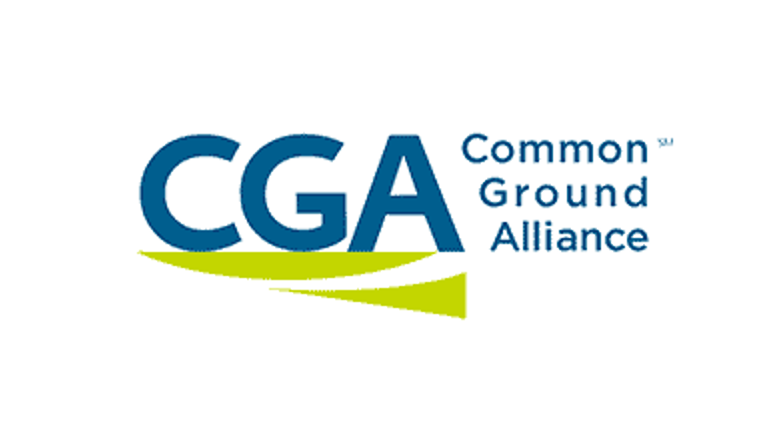Common Ground Alliance’s 2012 DIRT Report Confirms Importance of Calling 811

utility lines and the people who dig near them, recently announced findings from its comprehensive 2012 Damage Information Reporting Tool (DIRT) Report.
The report, which is the sum of all 2012 data submitted anonymously and voluntarily by facility operators, utility locate companies, contractors and regulators, confirmed for the third consecutive year the importance of making a free call to 811 to reach a local One Call center as the simplest and easiest way to reduce excavation-related damage to underground facilities.
When an excavator notifies a One Call center before digging, damage occurs less than 1 percent of the time, according to the report. The report also estimates the total number of damages could be reduced by as much as 25 percent if all digging was preceded by a locate request.
The 2012 DIRT Report benefited from a significant increase in reporting from years prior. The nearly 25,000 additional records submitted to DIRT this year, combined with the quality of those records, resulted in this year’s data being the most complete to date.
“It is more clear than ever that calling 811 before digging is the most critical step in preventing damage to underground utilities, as DIRT data has now demonstrated for three years in a row,” said Bob Kipp, CGA President. “The 16 industries that comprise CGA continue to emphasize the shared responsibility of damage prevention by voluntarily submitting to DIRT each year, which helps all stakeholders target outreach to the right groups with substantive messages.”
As it did in the 2011 report, CGA employed a linear regression model for the 11 states legislatively required to report damages to estimate the total underground facility damage events for 2012 and found that they continue to be a major problem, with 350,000 events estimated last year. Although this number estimates approximately 20,000 more events than in 2011, the increase is believed to be largely a result of increased construction activity in 2012. Excavation activity was up 7 percent between 2011 and 2012 in the states that reported One Call center locate request volume for both years.
Slightly more than 75 percent of all events submitted for 2012 included root cause data, and the top causes were identified as follows:
Excavation practices not sufficient 45 percent
Notification not made 25 percent
Locating practices not sufficient 17 percent
The percentage of known incidents listing “Notification not made” as a root cause is lower than any other point in the last six years, demonstrating the effectiveness of the 811 campaign. National awareness of 811 doubled over the past four years, as measured by CGA research. This increase in public awareness of the 811 phone number has coincided with the steady decrease in the percentage of total reported damages attributed to not notifying a One Call center prior to digging.
For the first time in 2012, the DIRT Report analyzed the potential adverse effects of One Call notification exemption requirements on the rate of damages by state. The Pipeline Safety, Regulatory Certainty and Job Creation Act passed by Congress in 2011 requires the Pipelines and Hazardous Materials Safety Administration (PHMSA) to complete similar analysis, which is currently underway. The 2012 DIRT Report showed that in general, as the number of exemption notifications increases, the rate of damage increases. For the 36 states examined, the damage rate per 1,000 One Call tickets is more than double (108 percent greater) for states with five or more notification exemptions, as compared to states with fewer than five exemptions.




